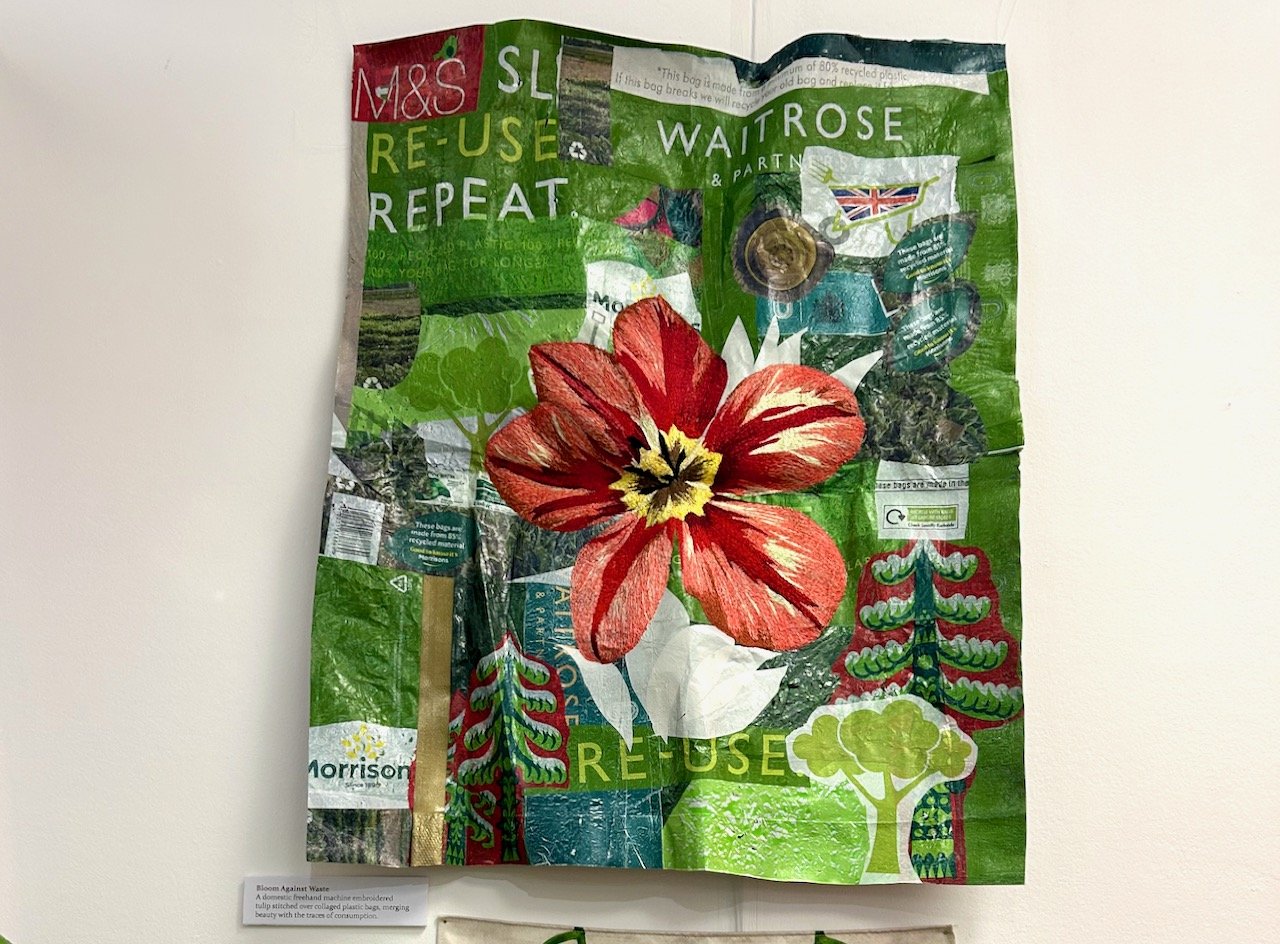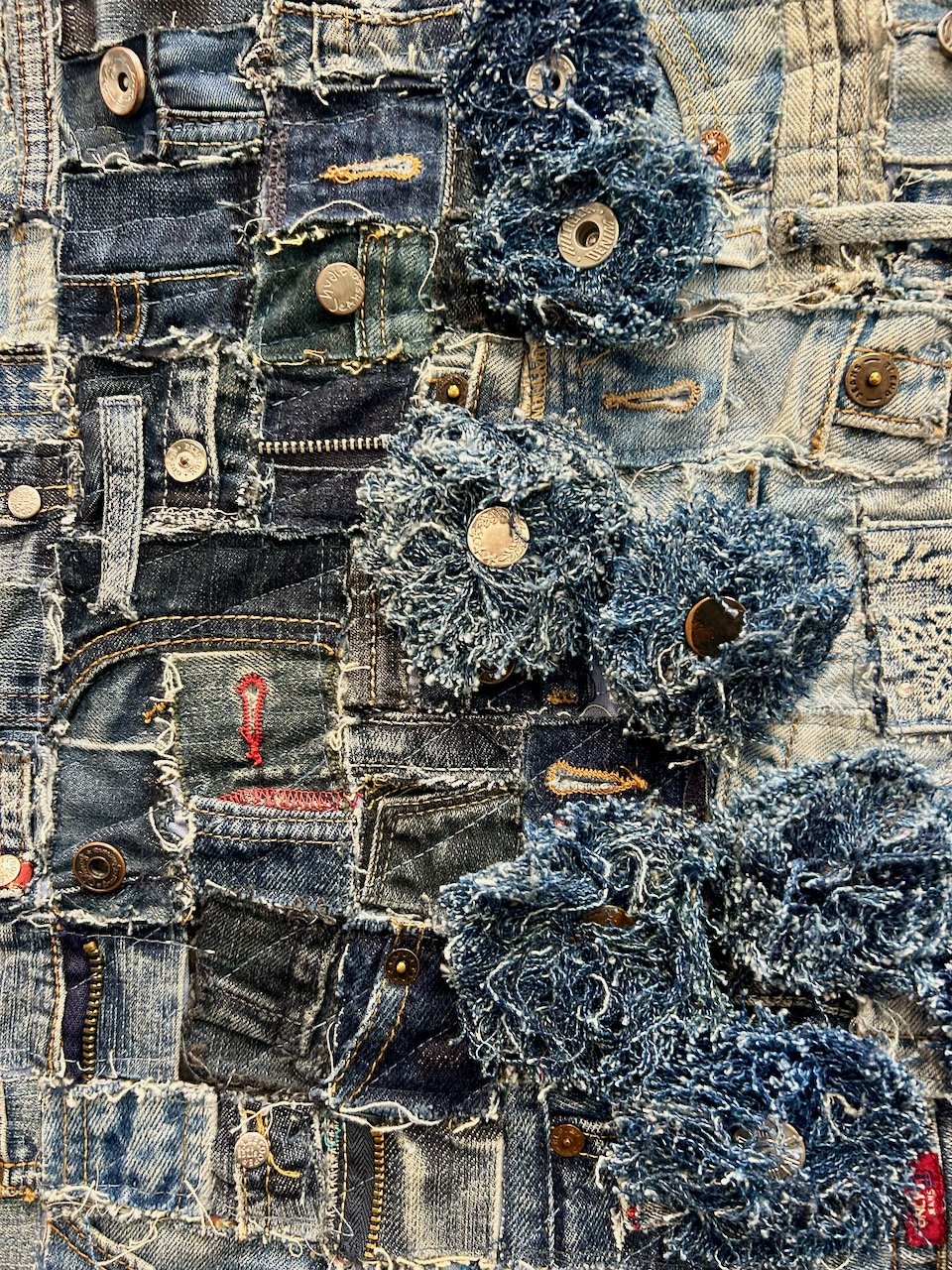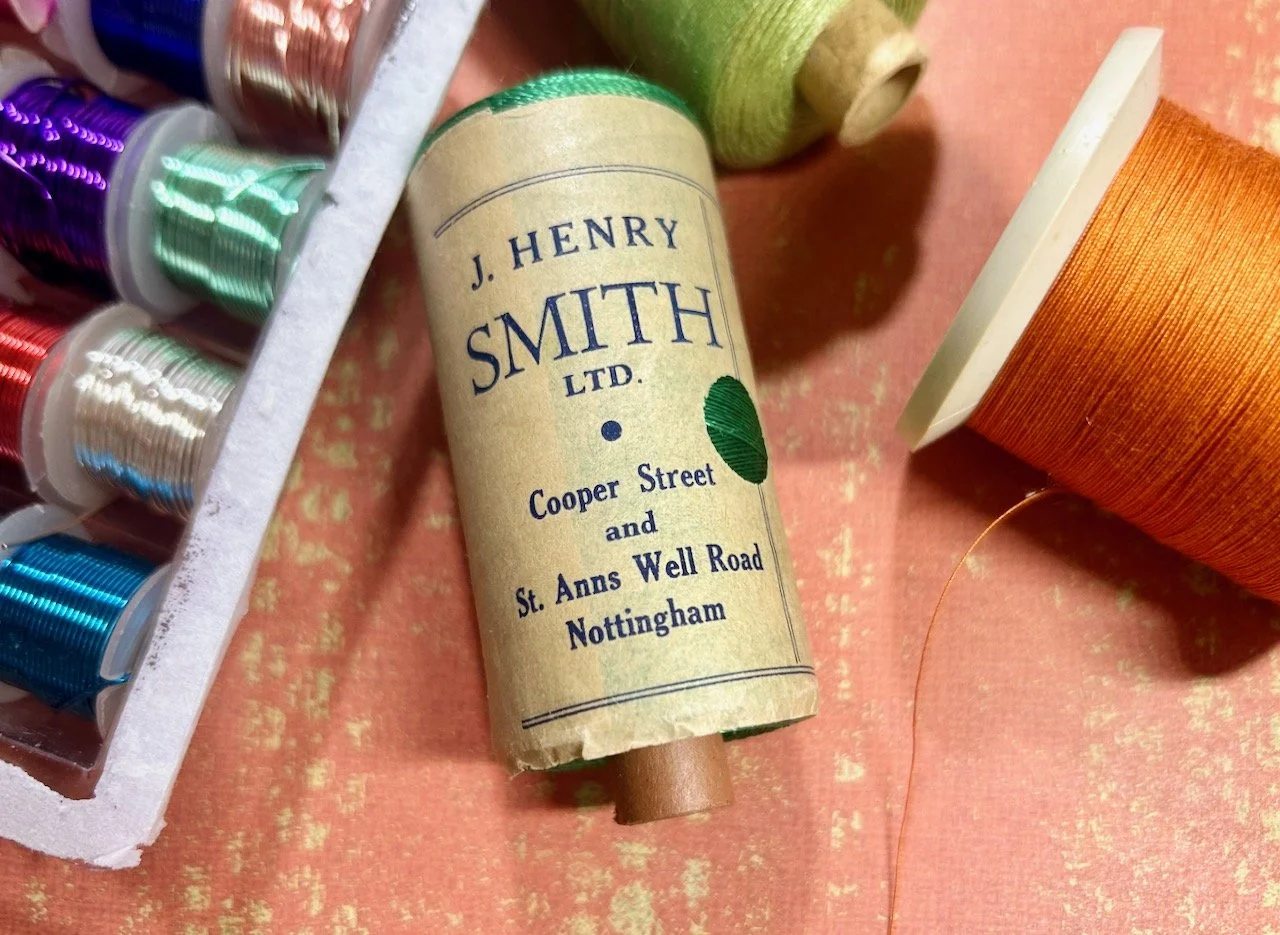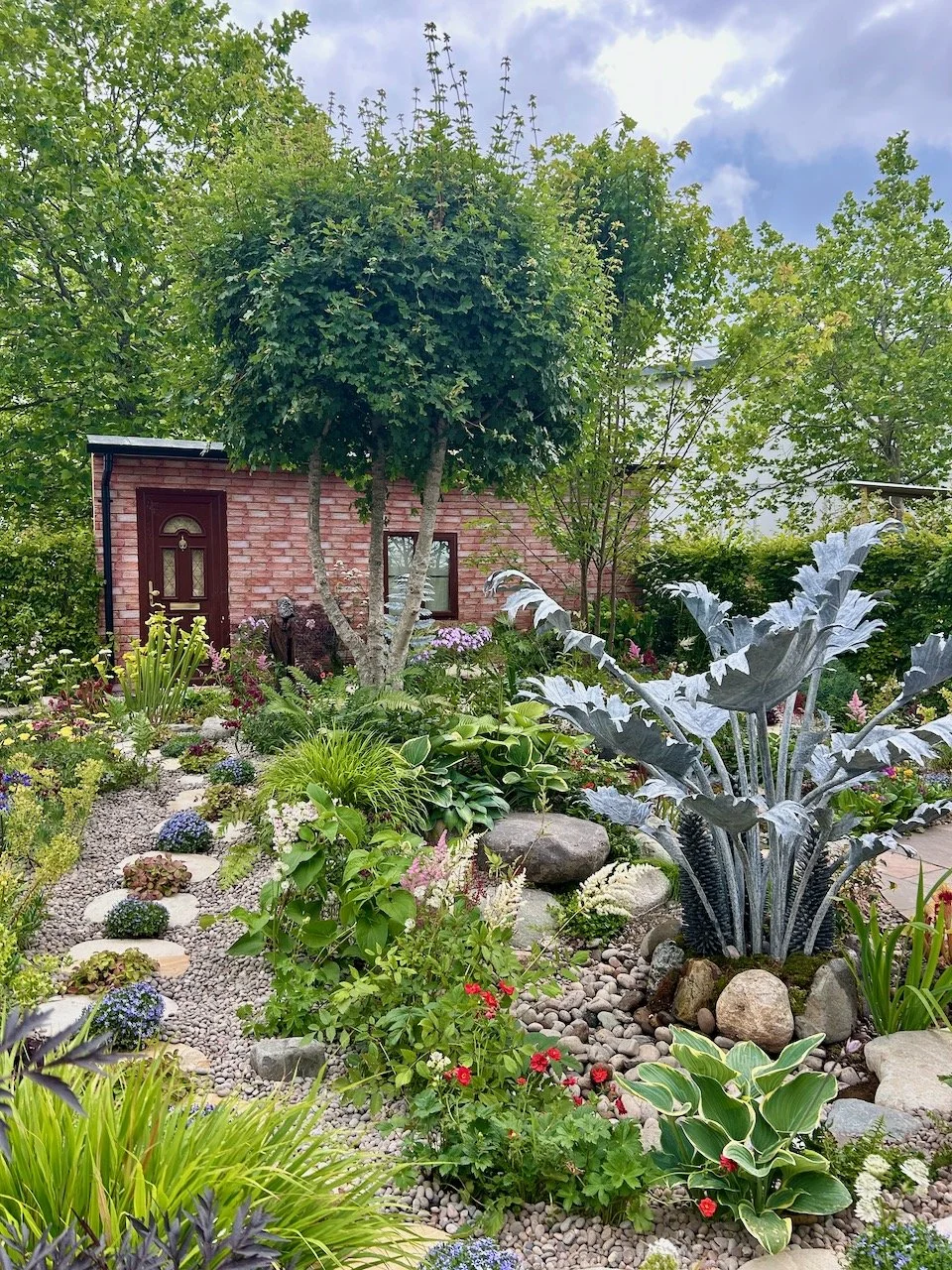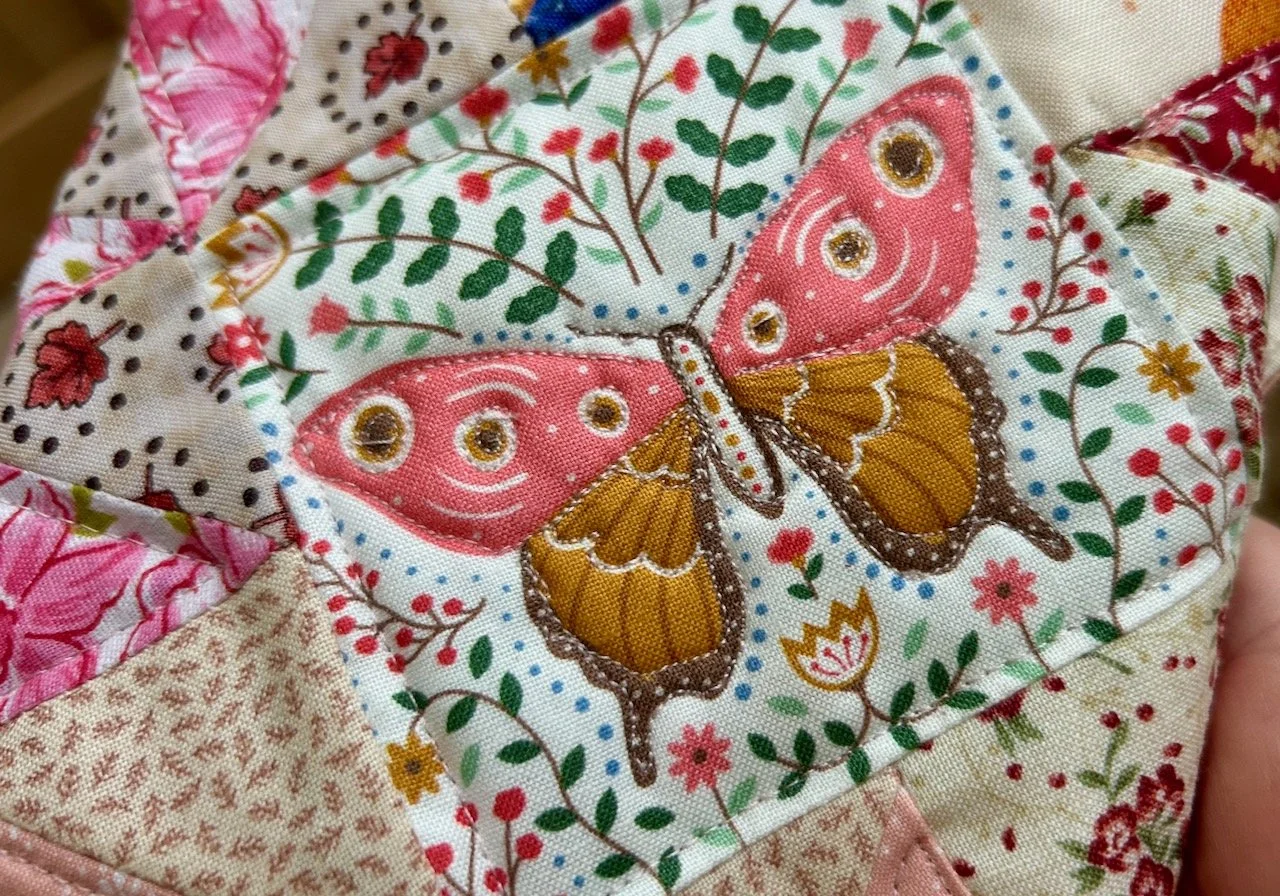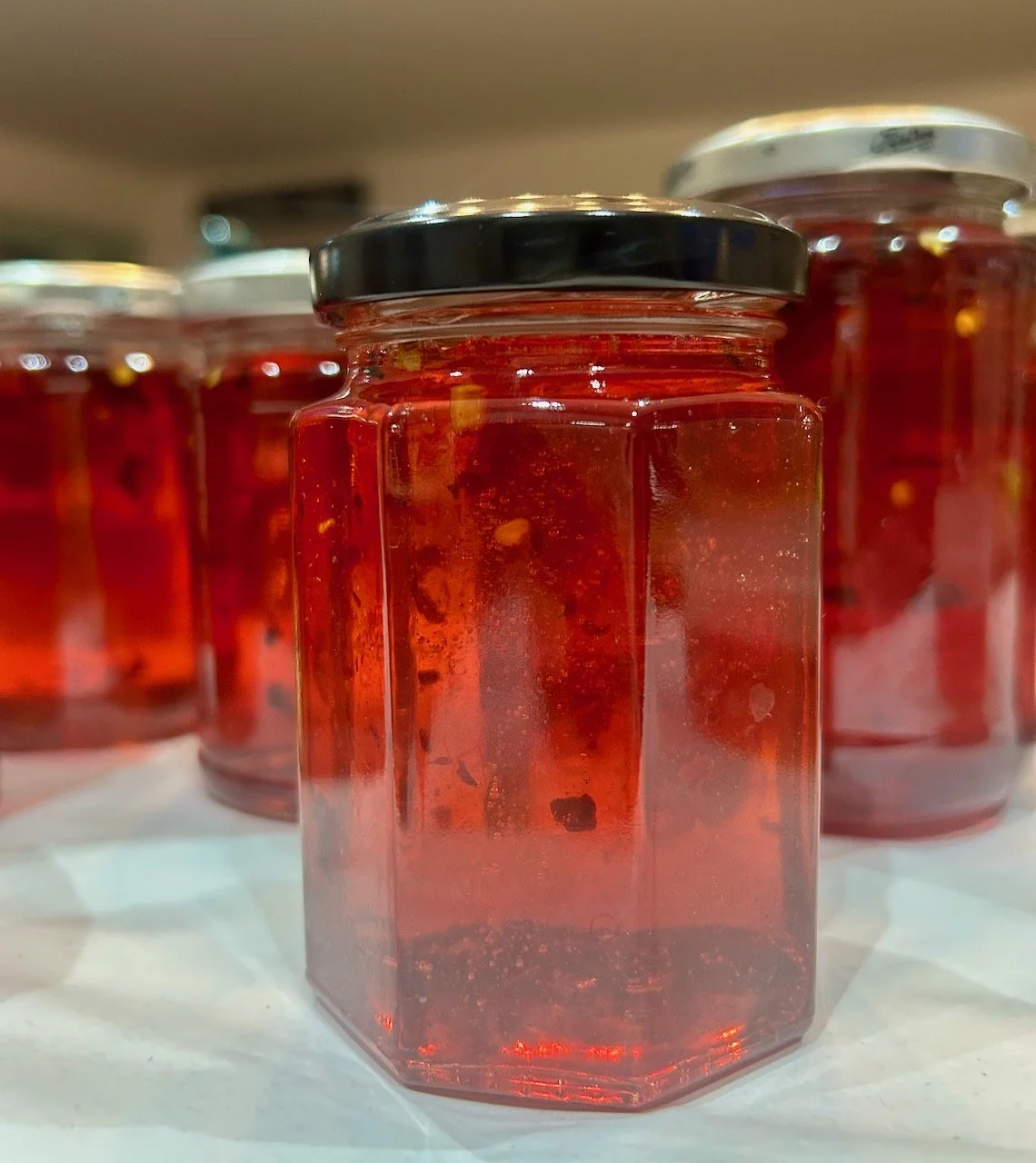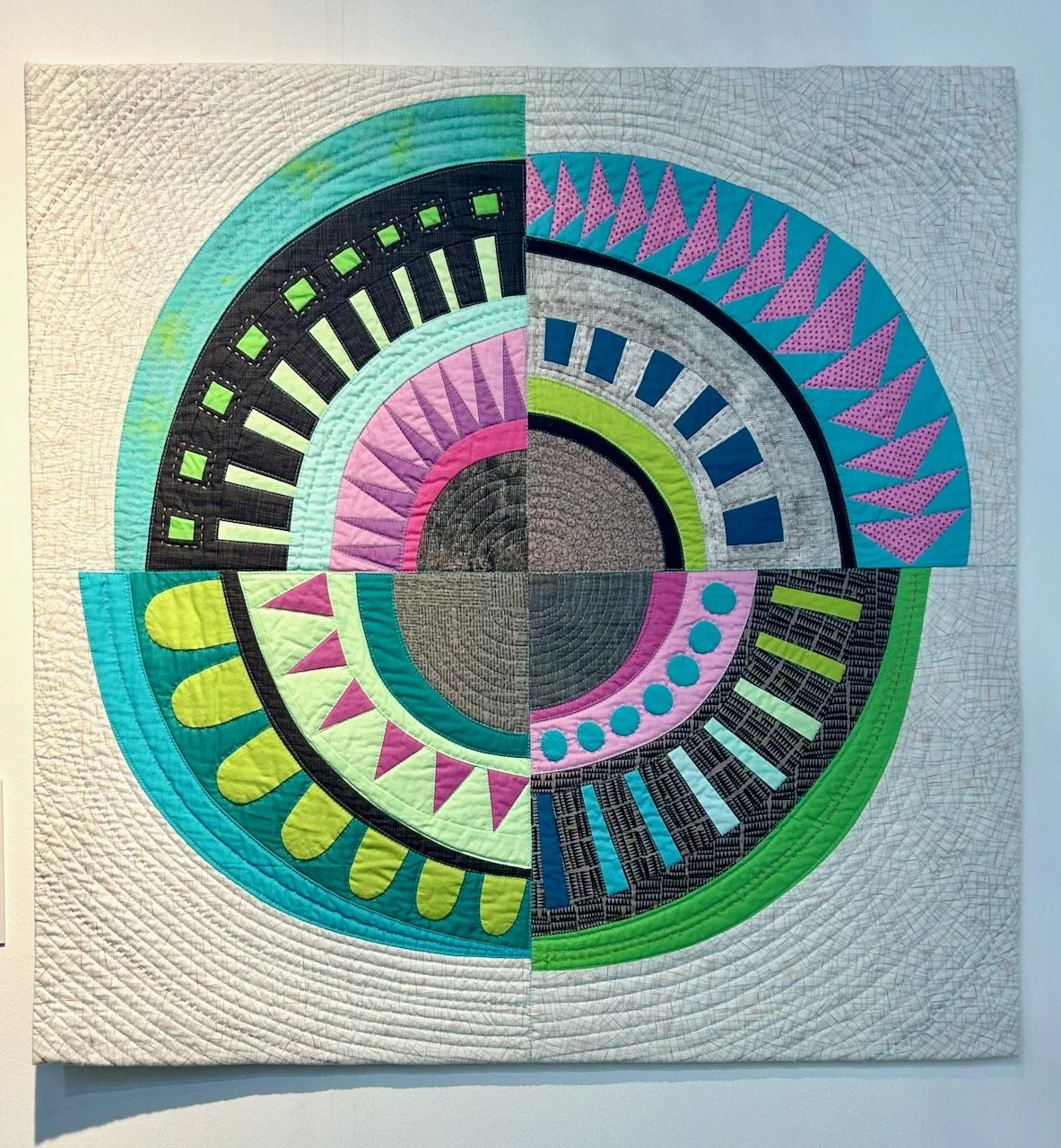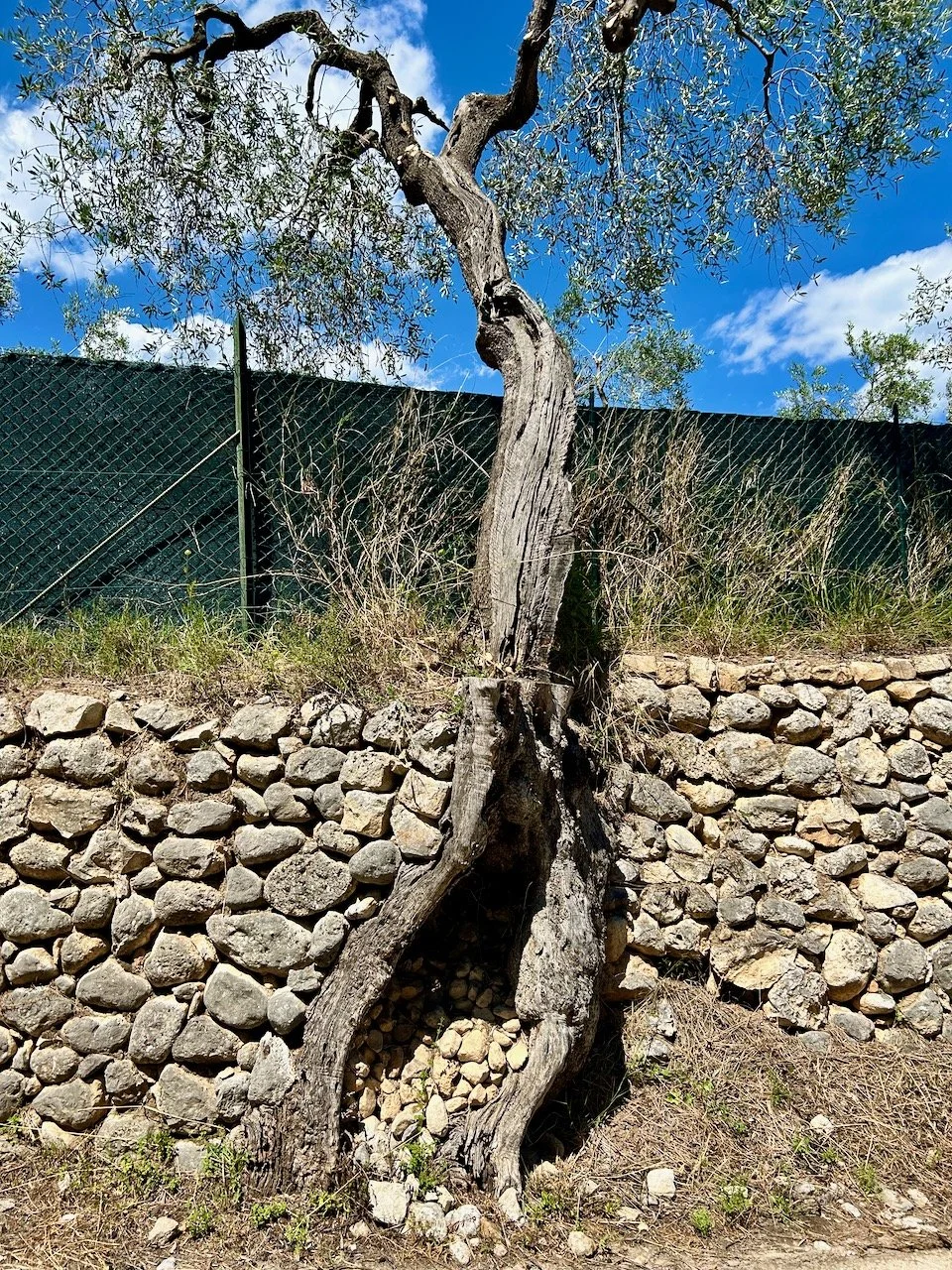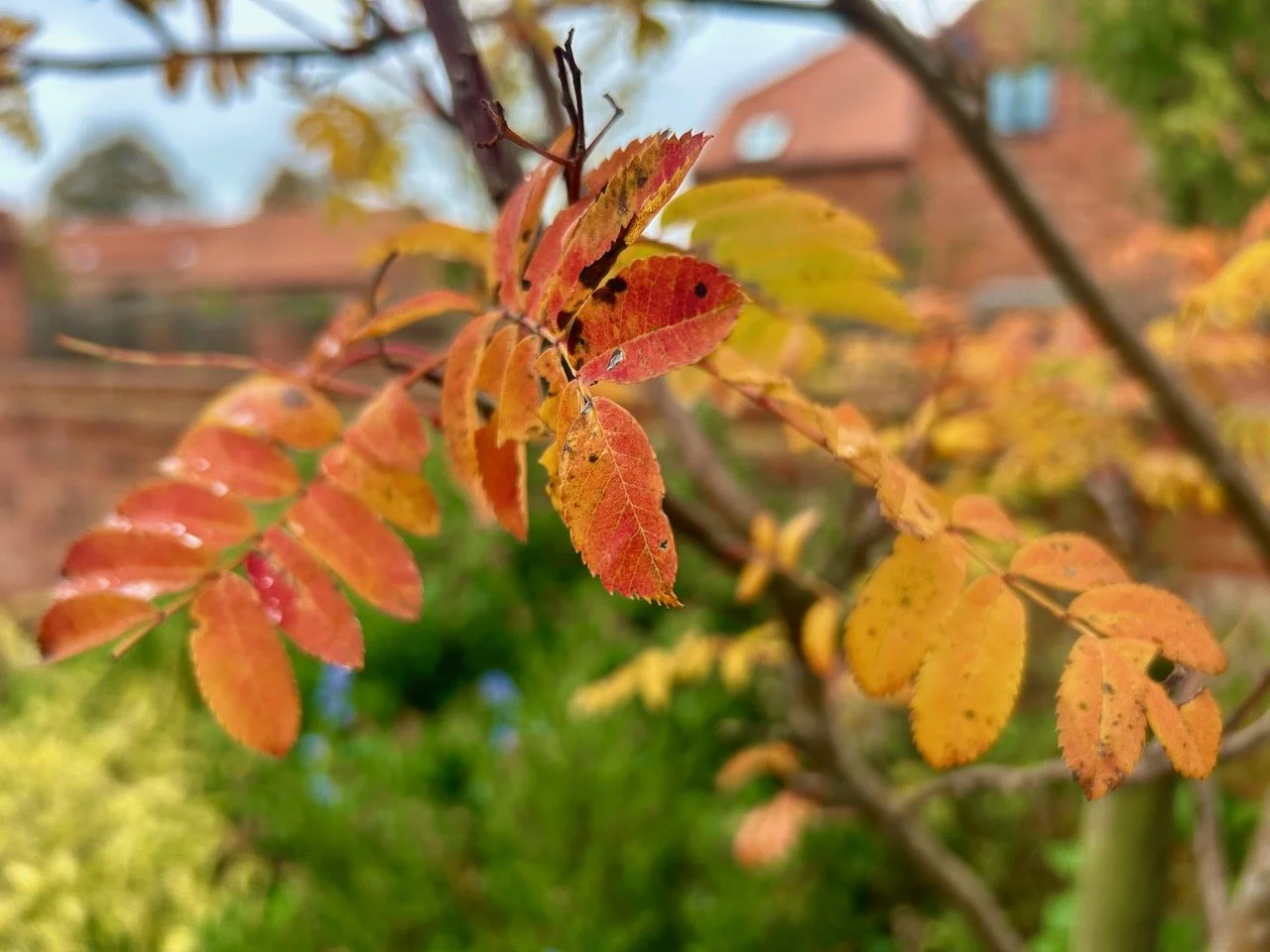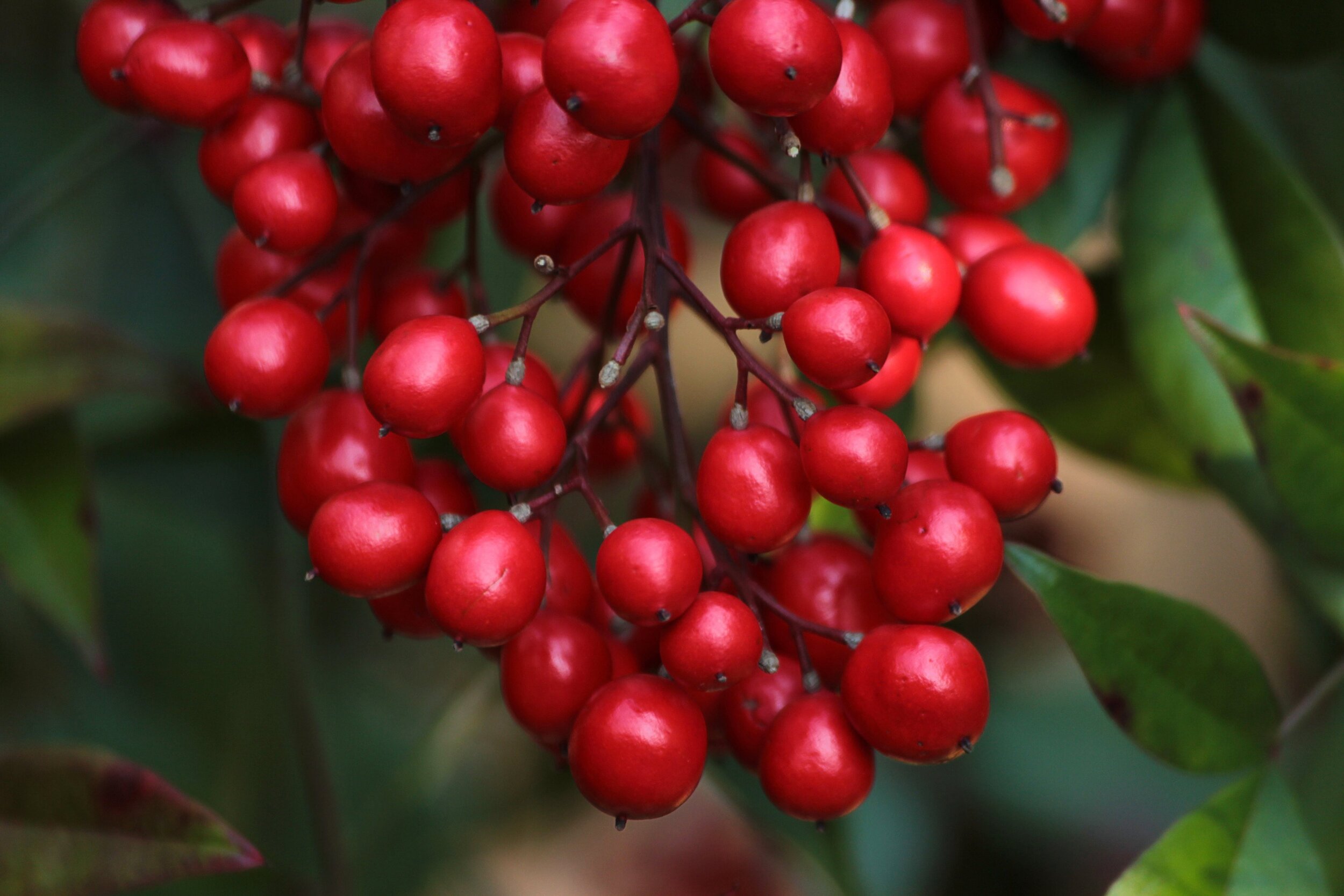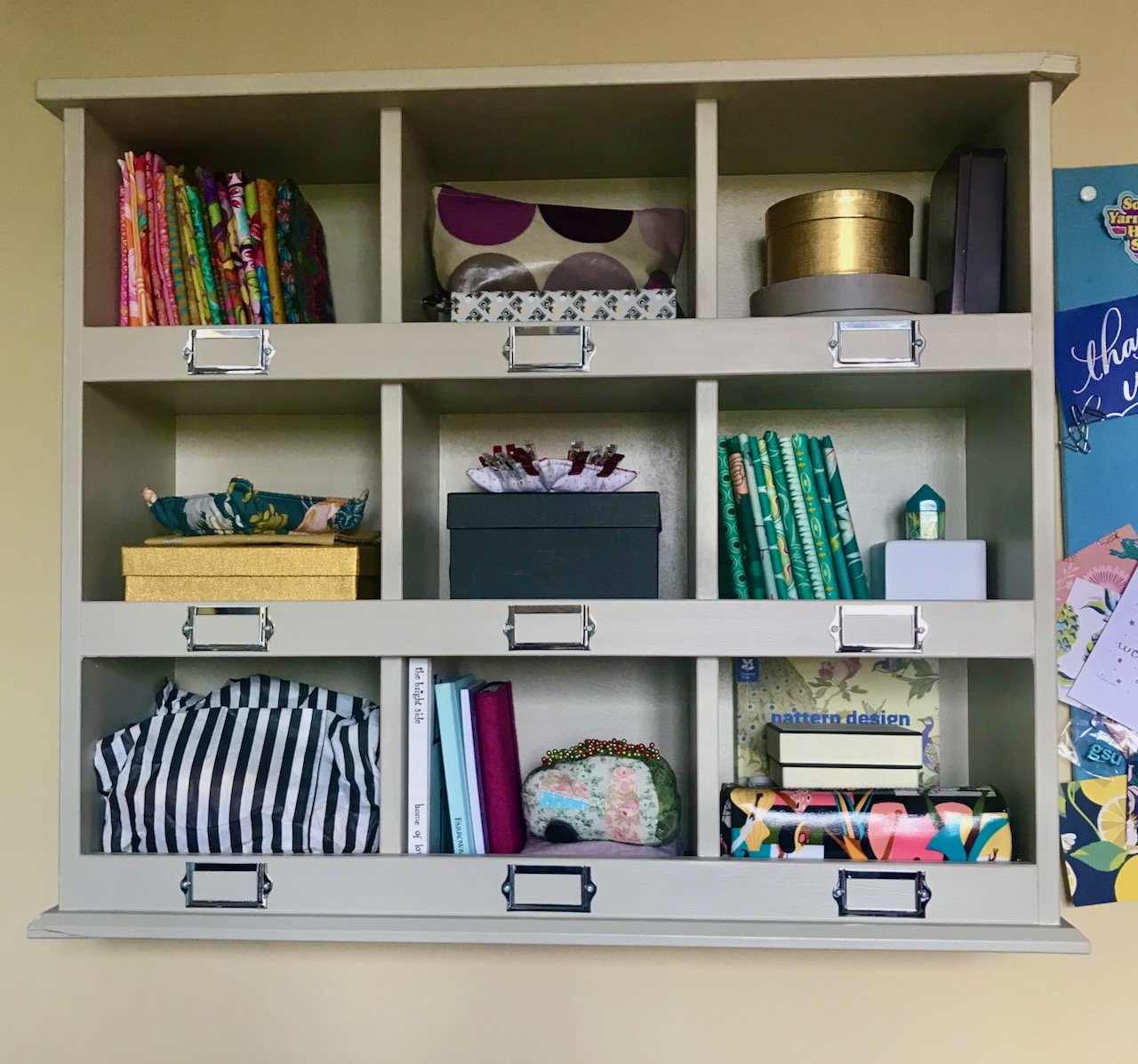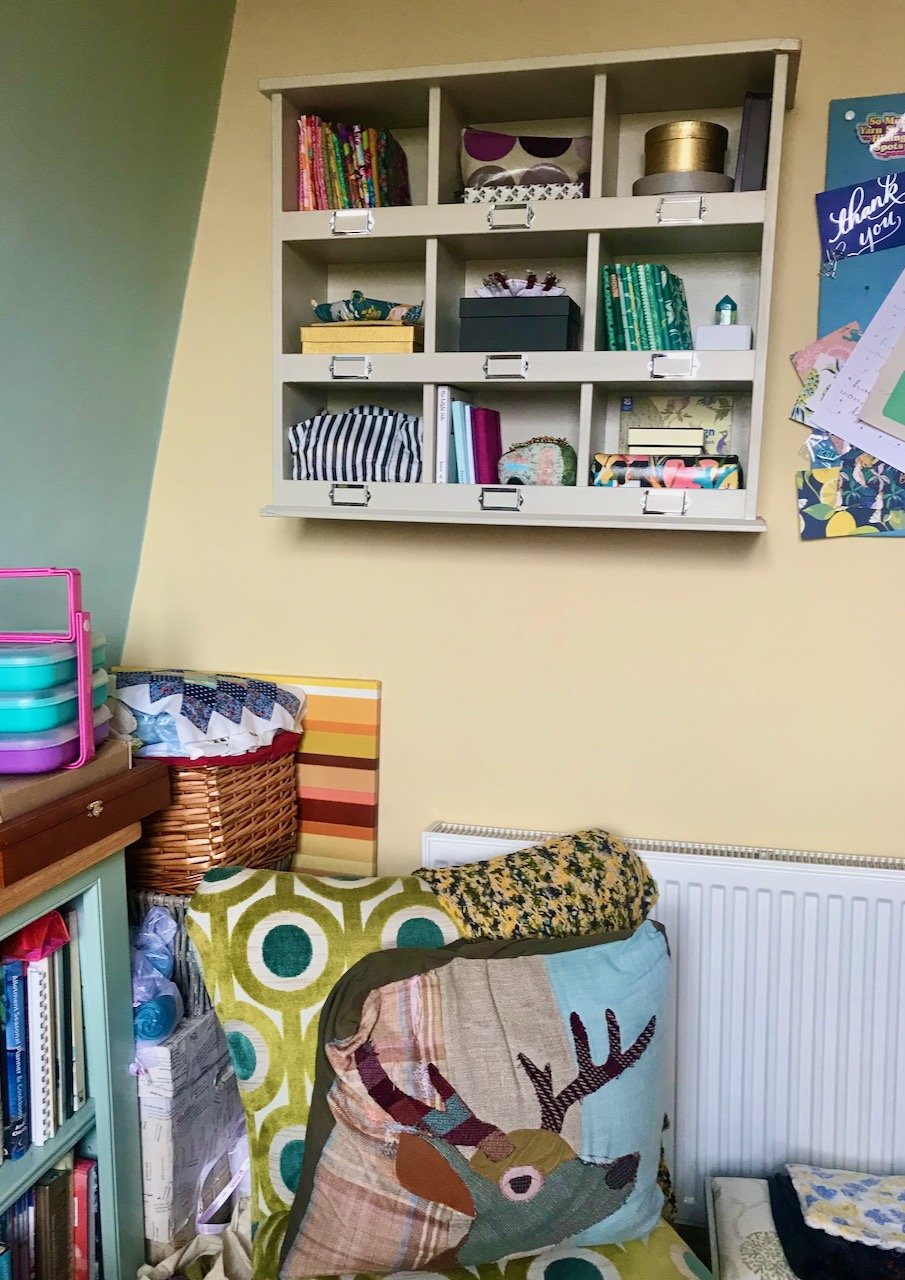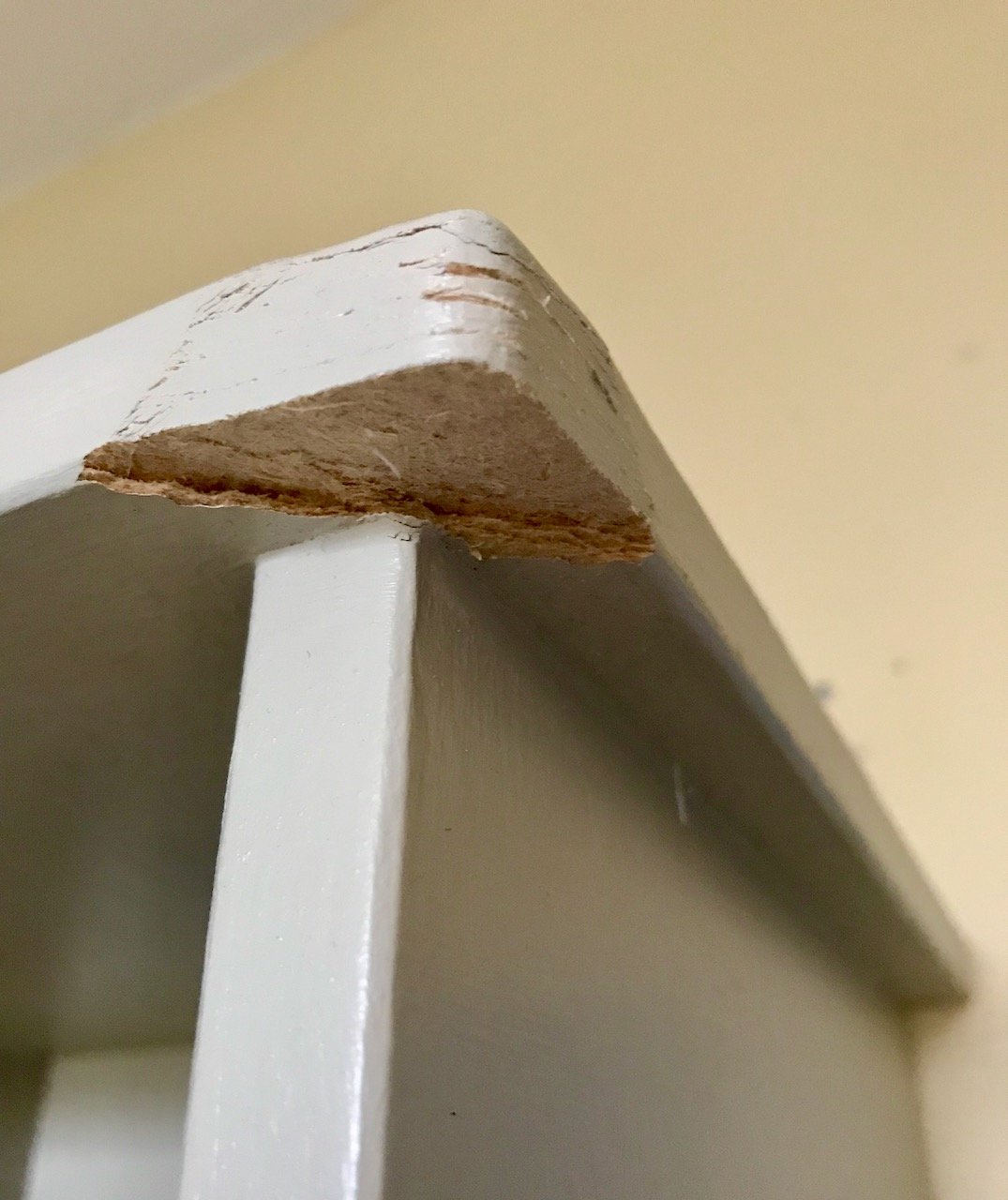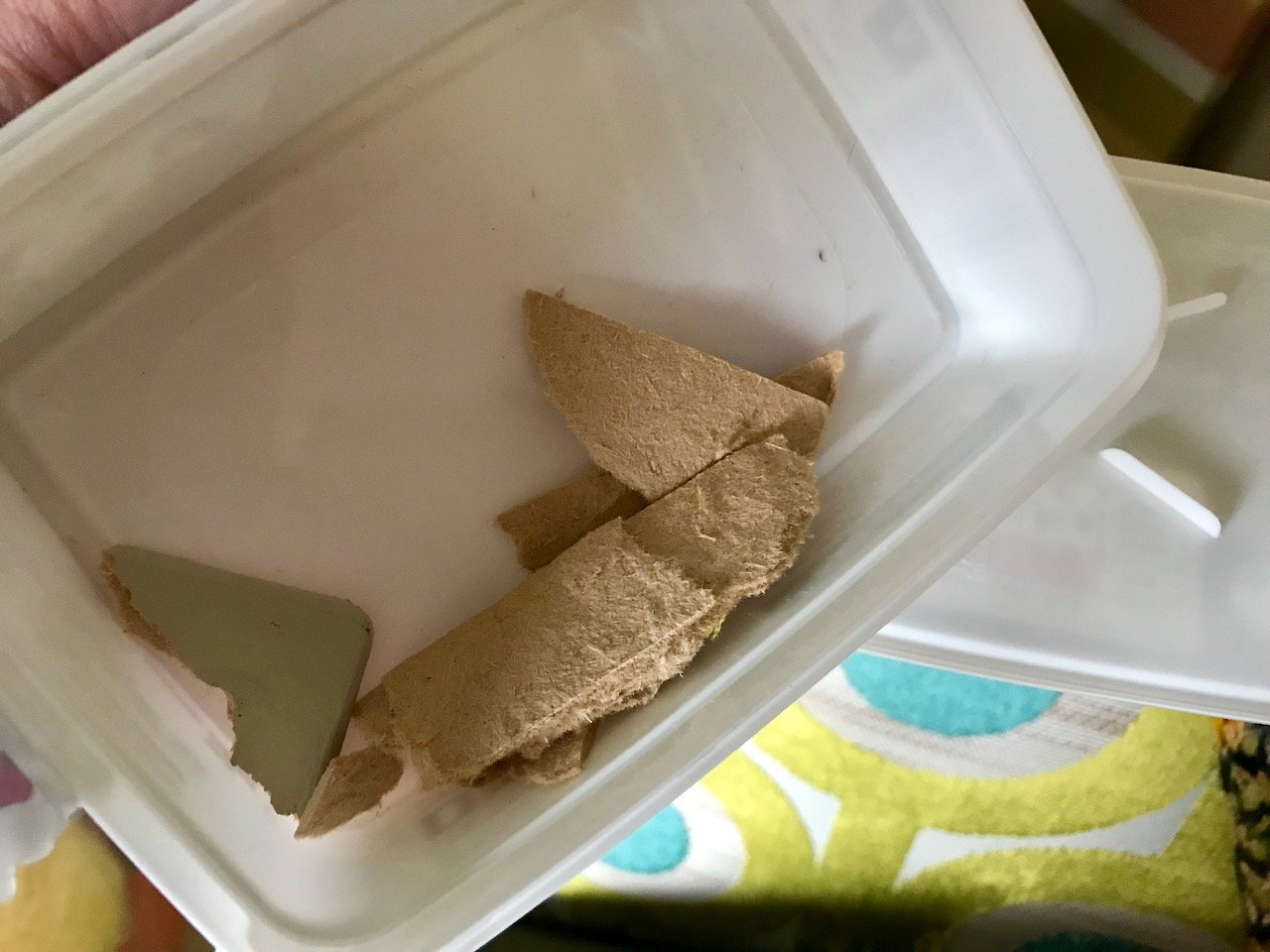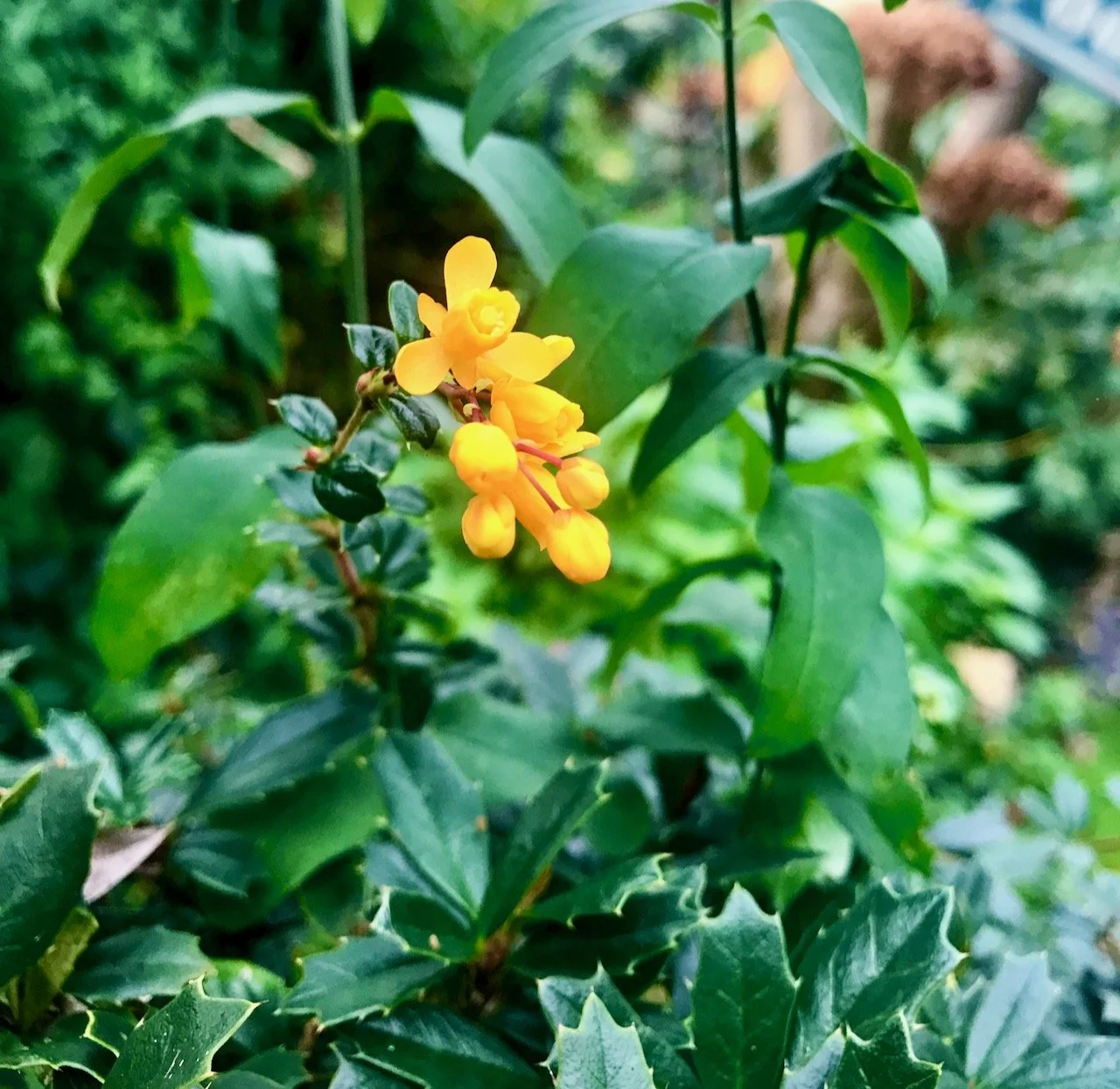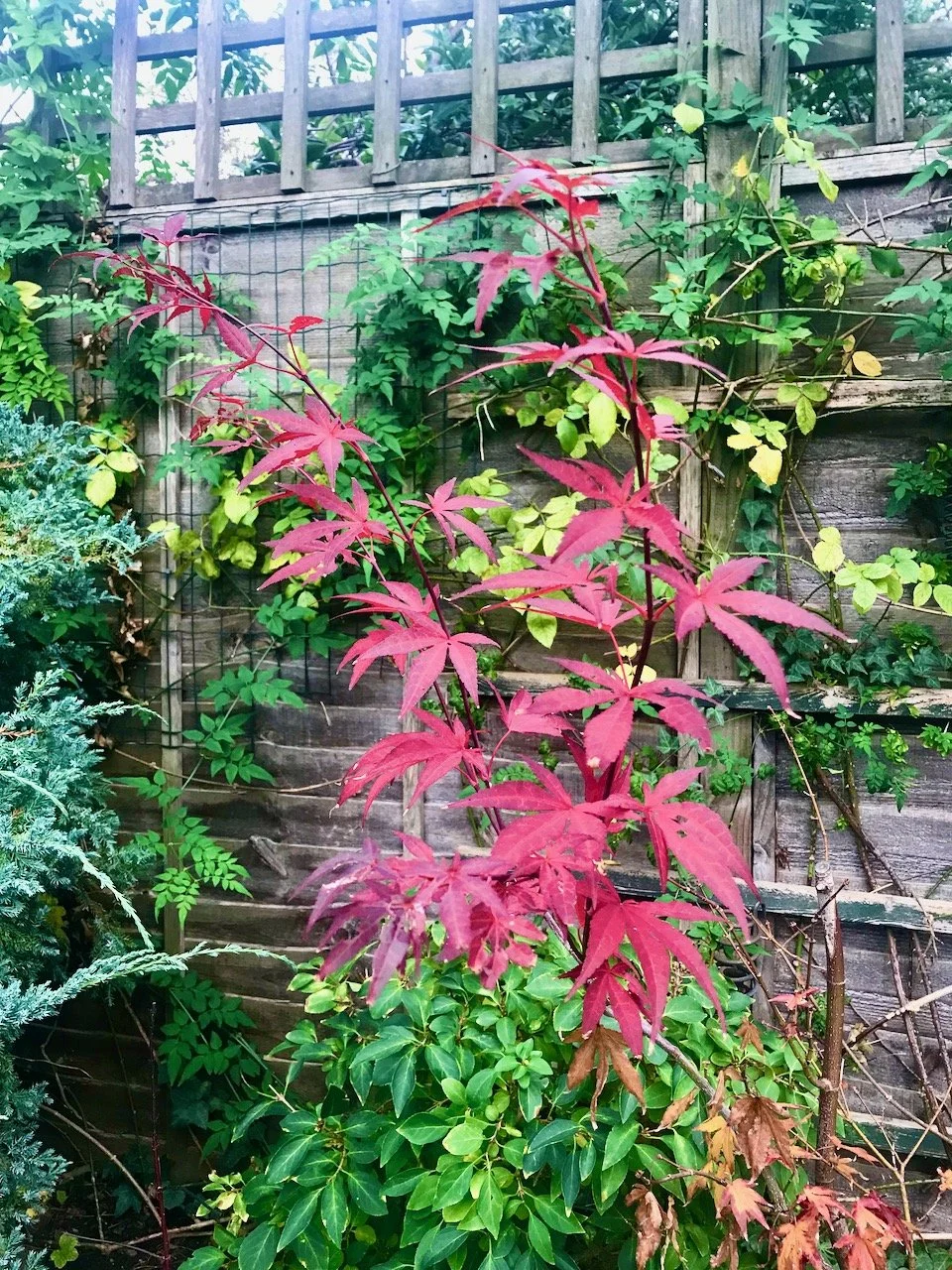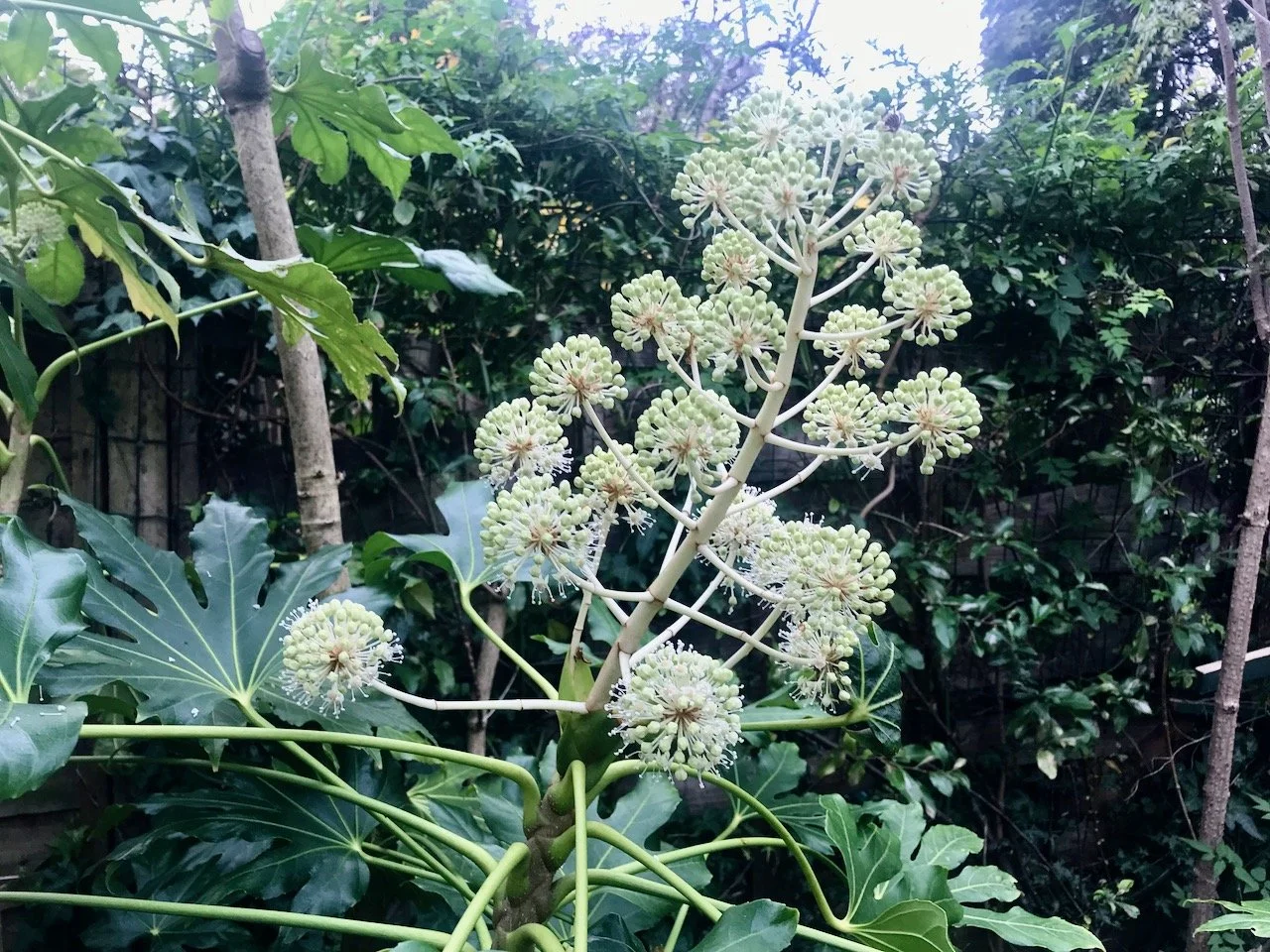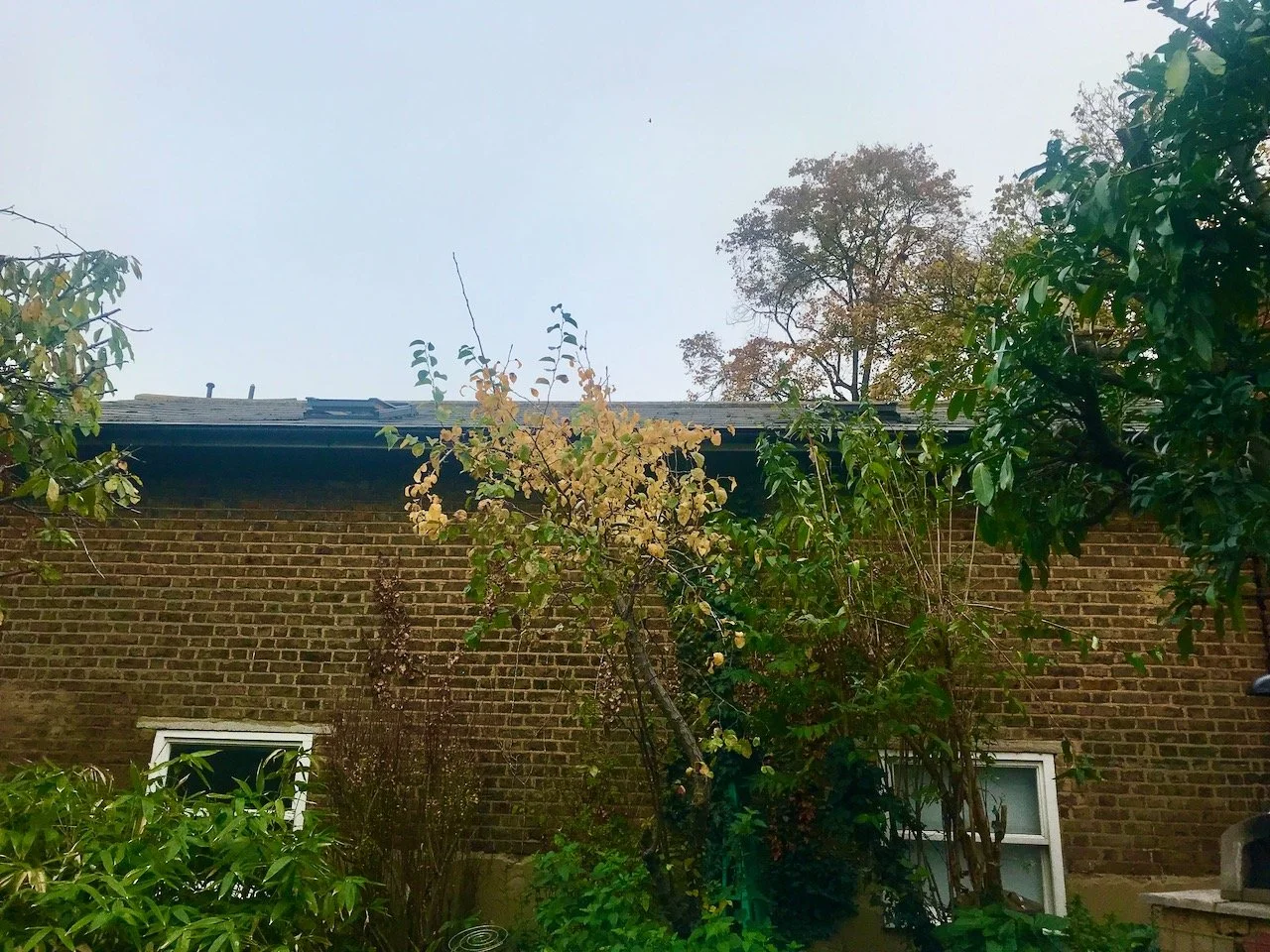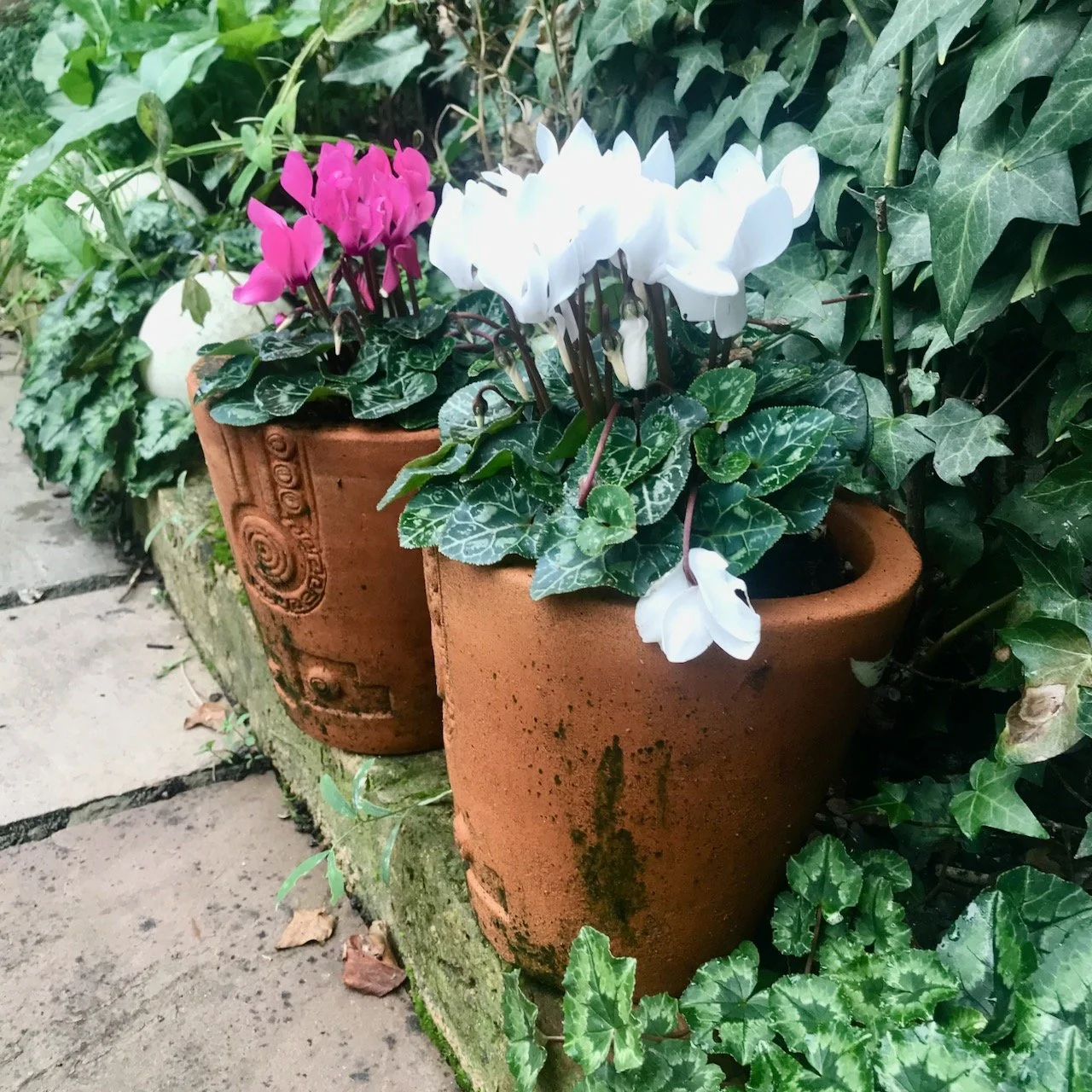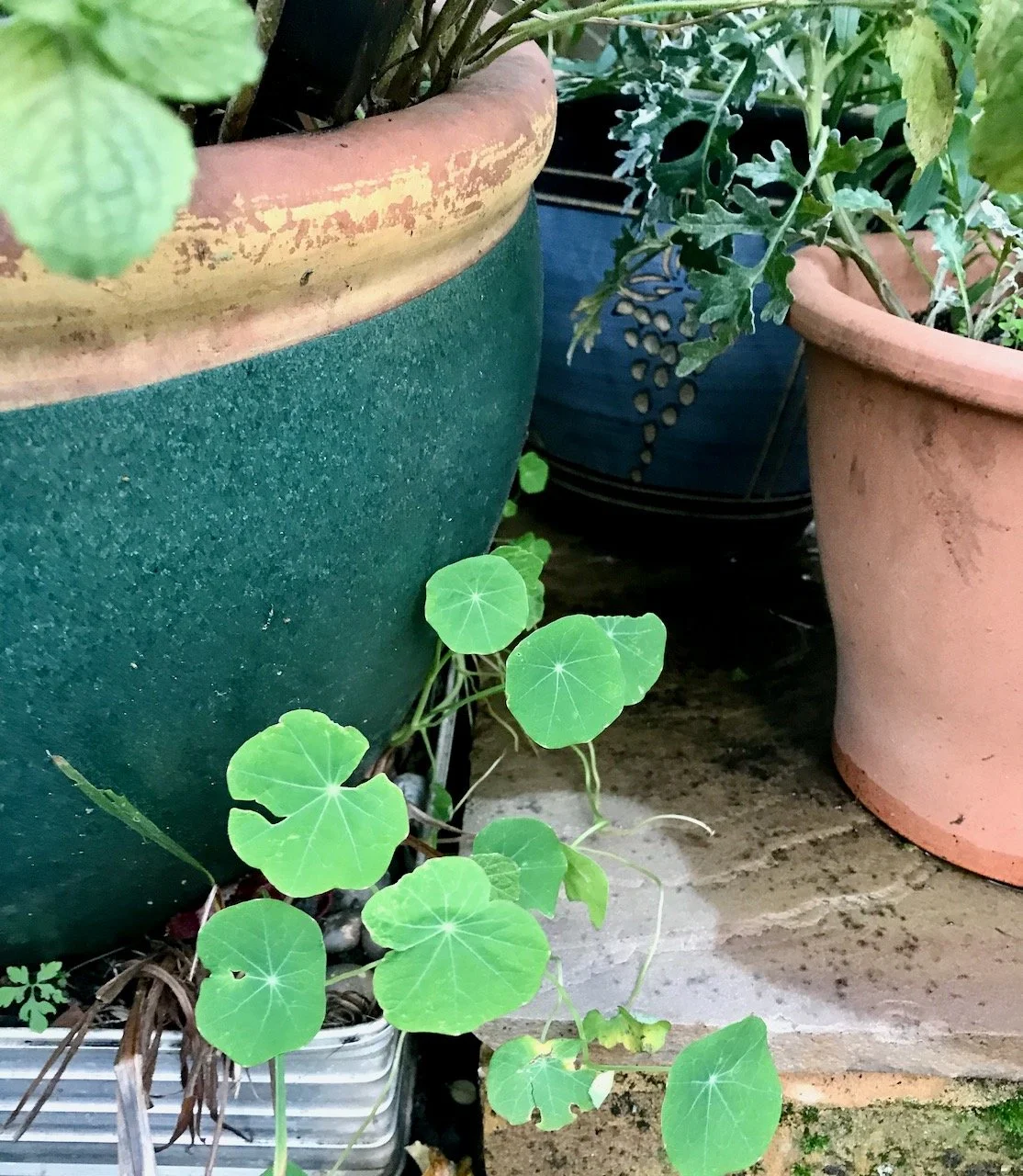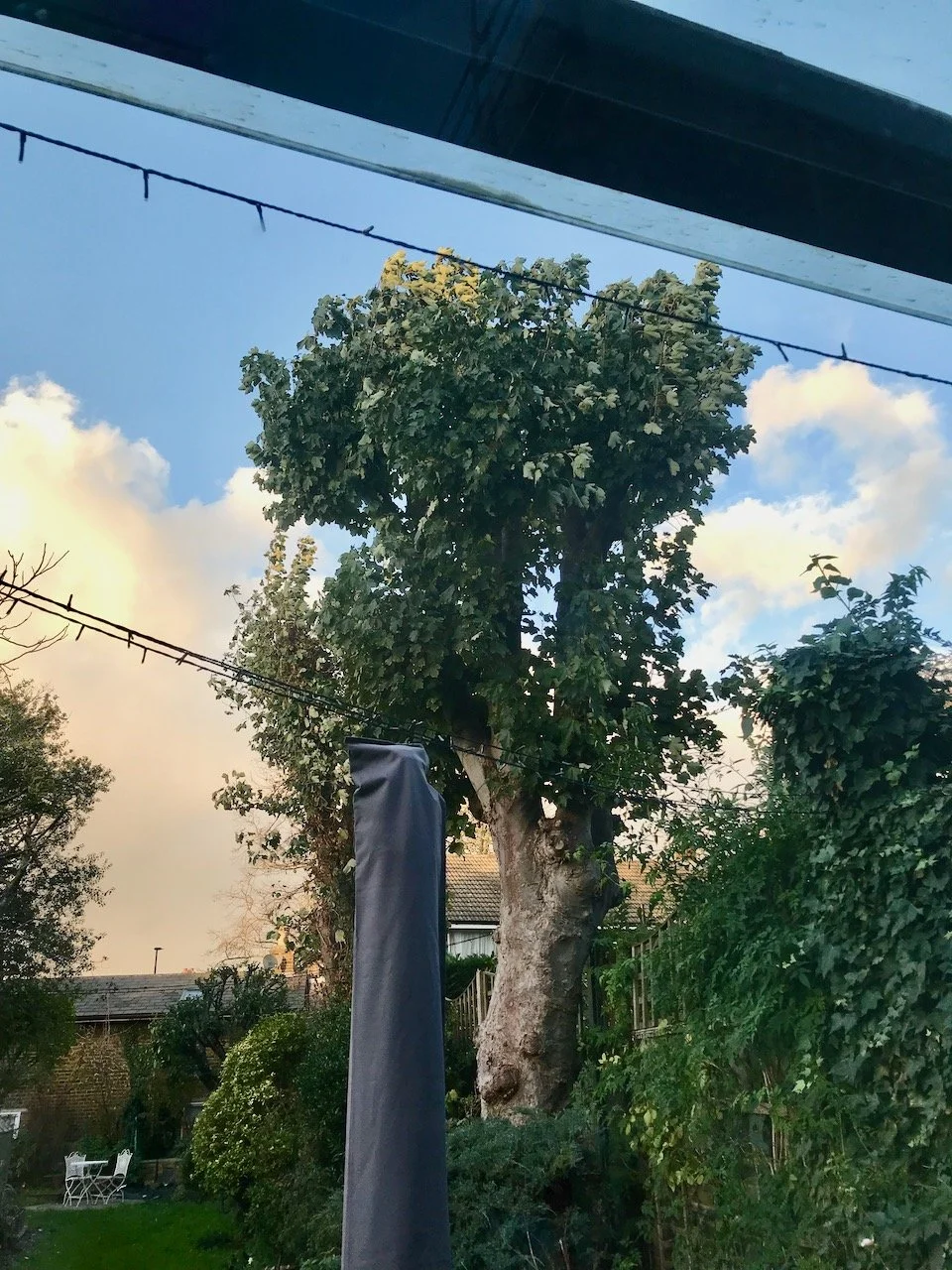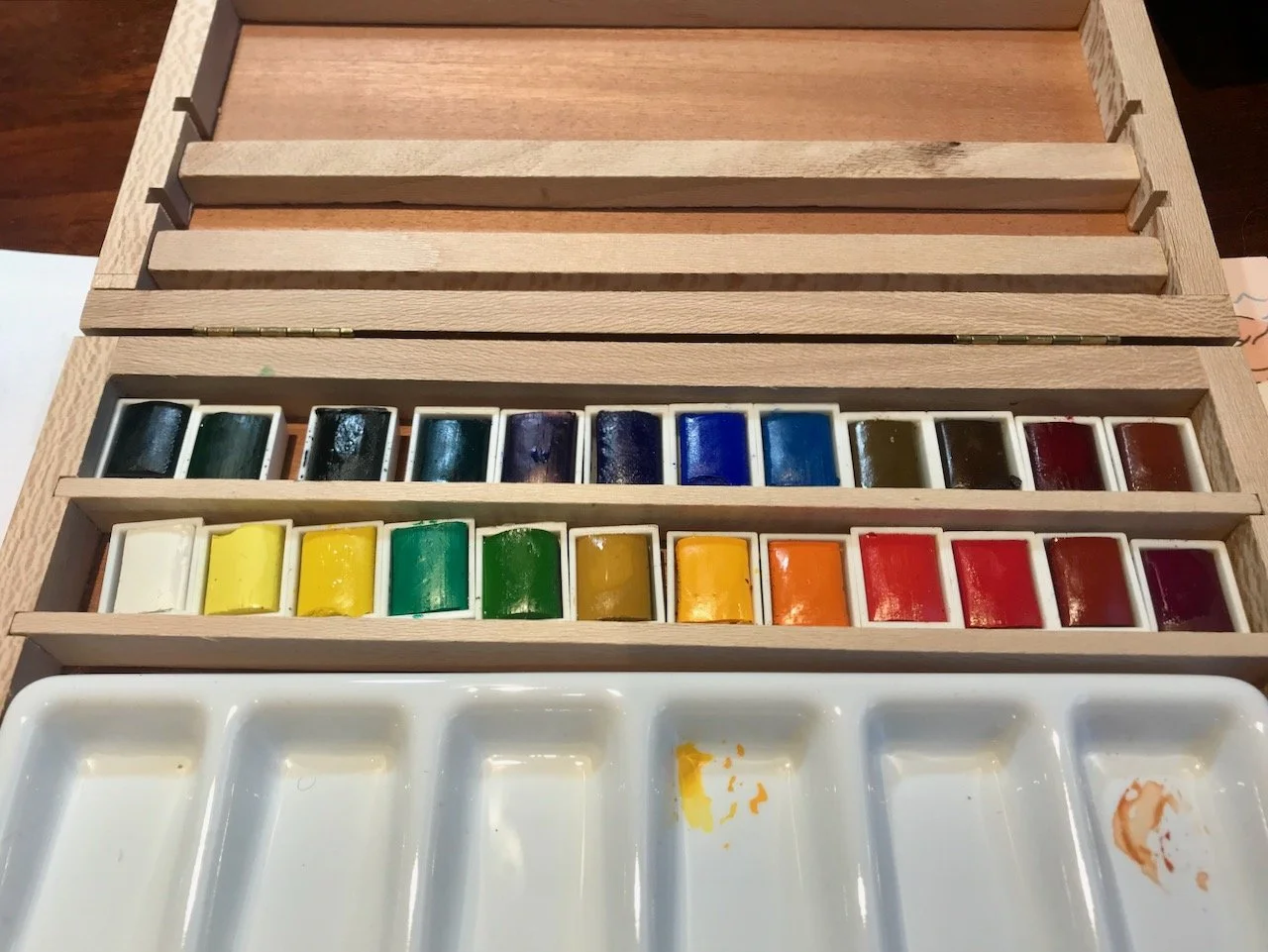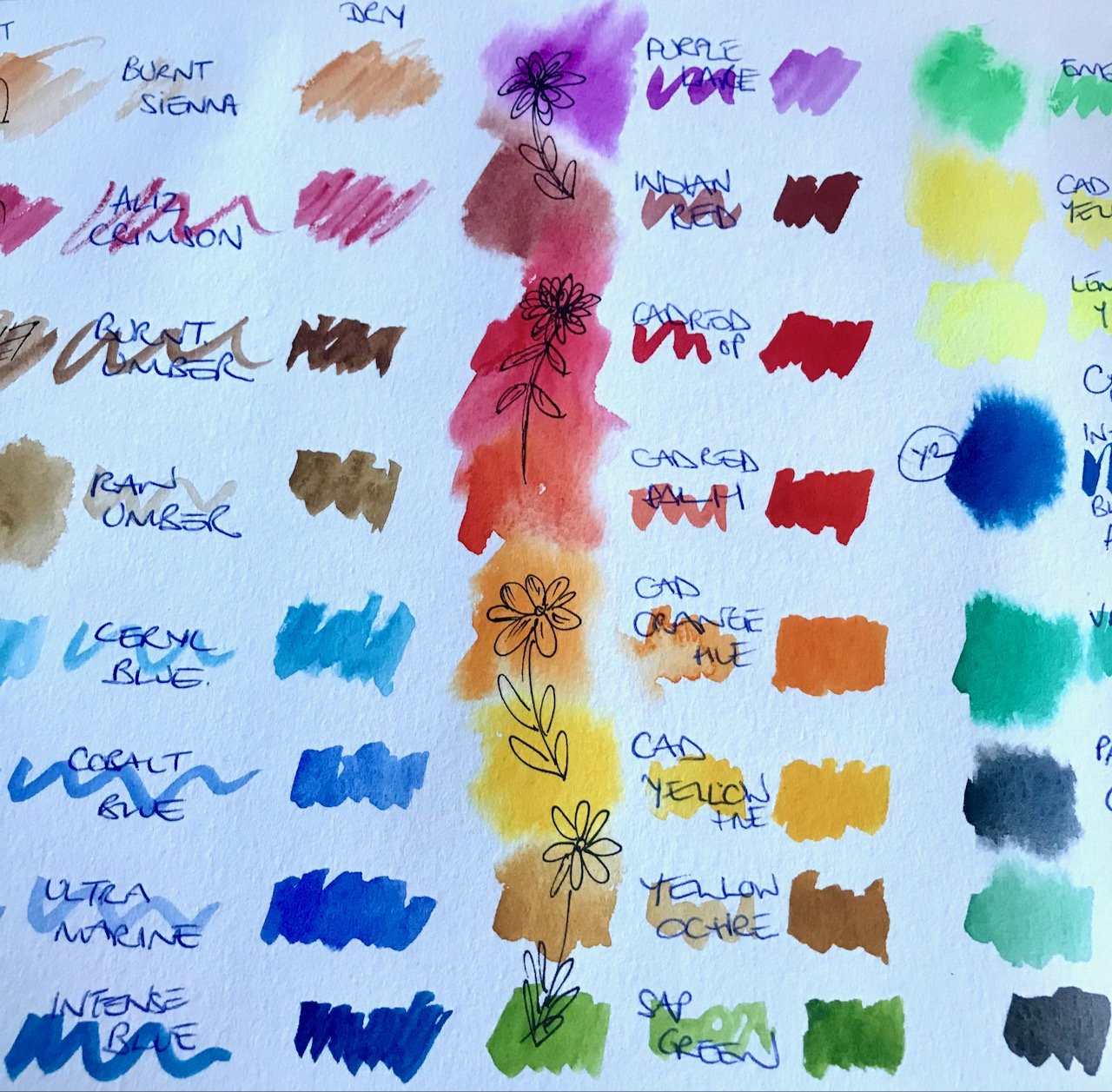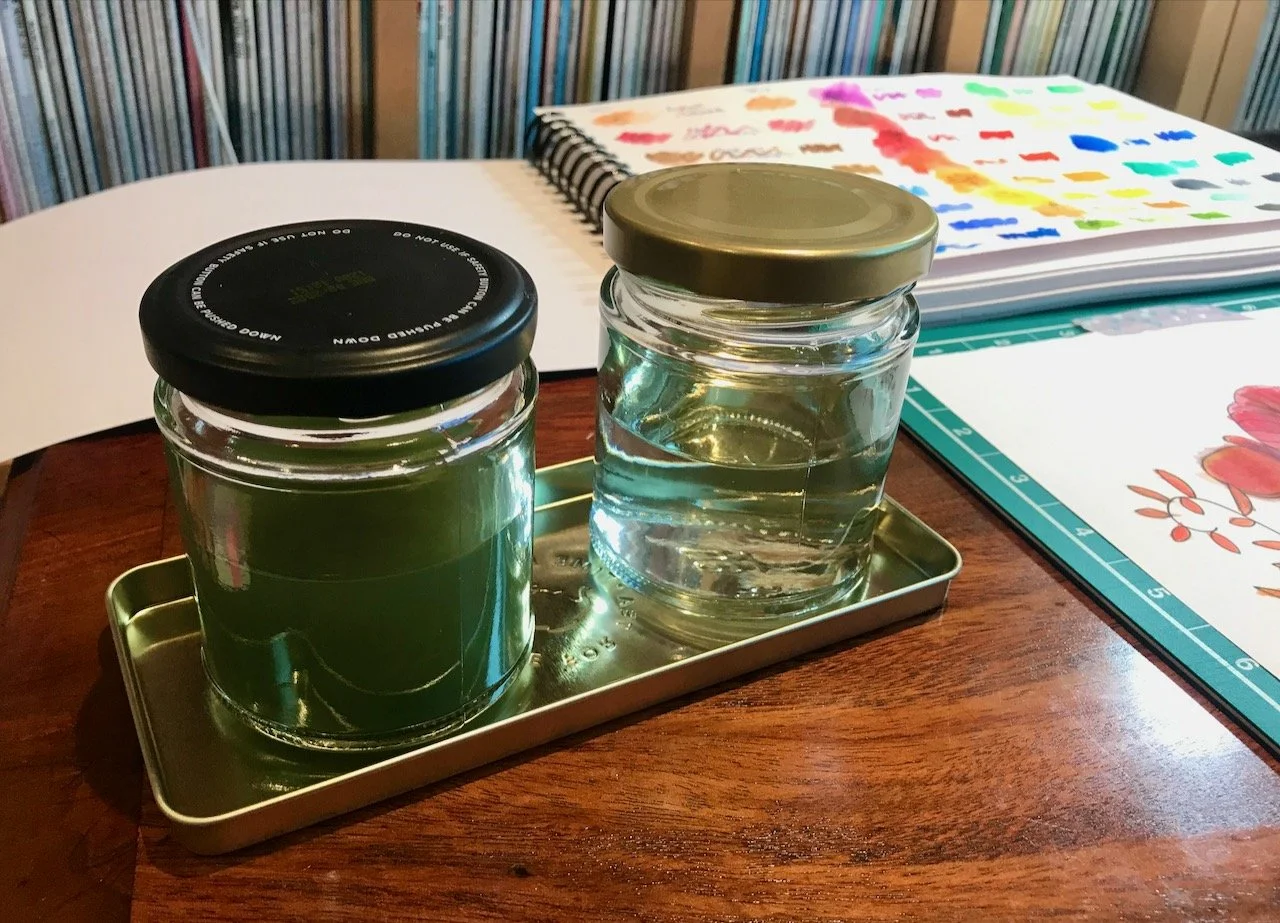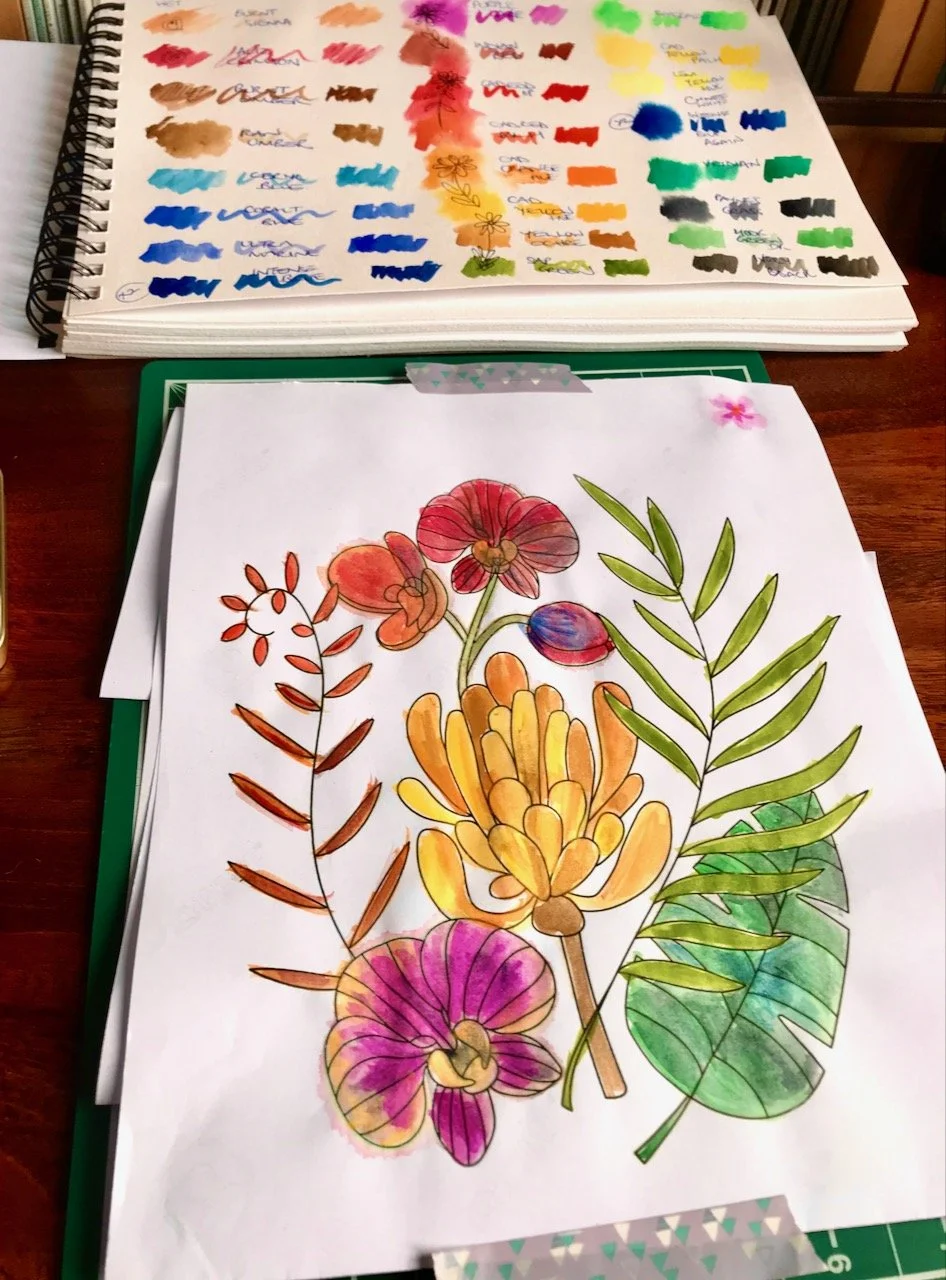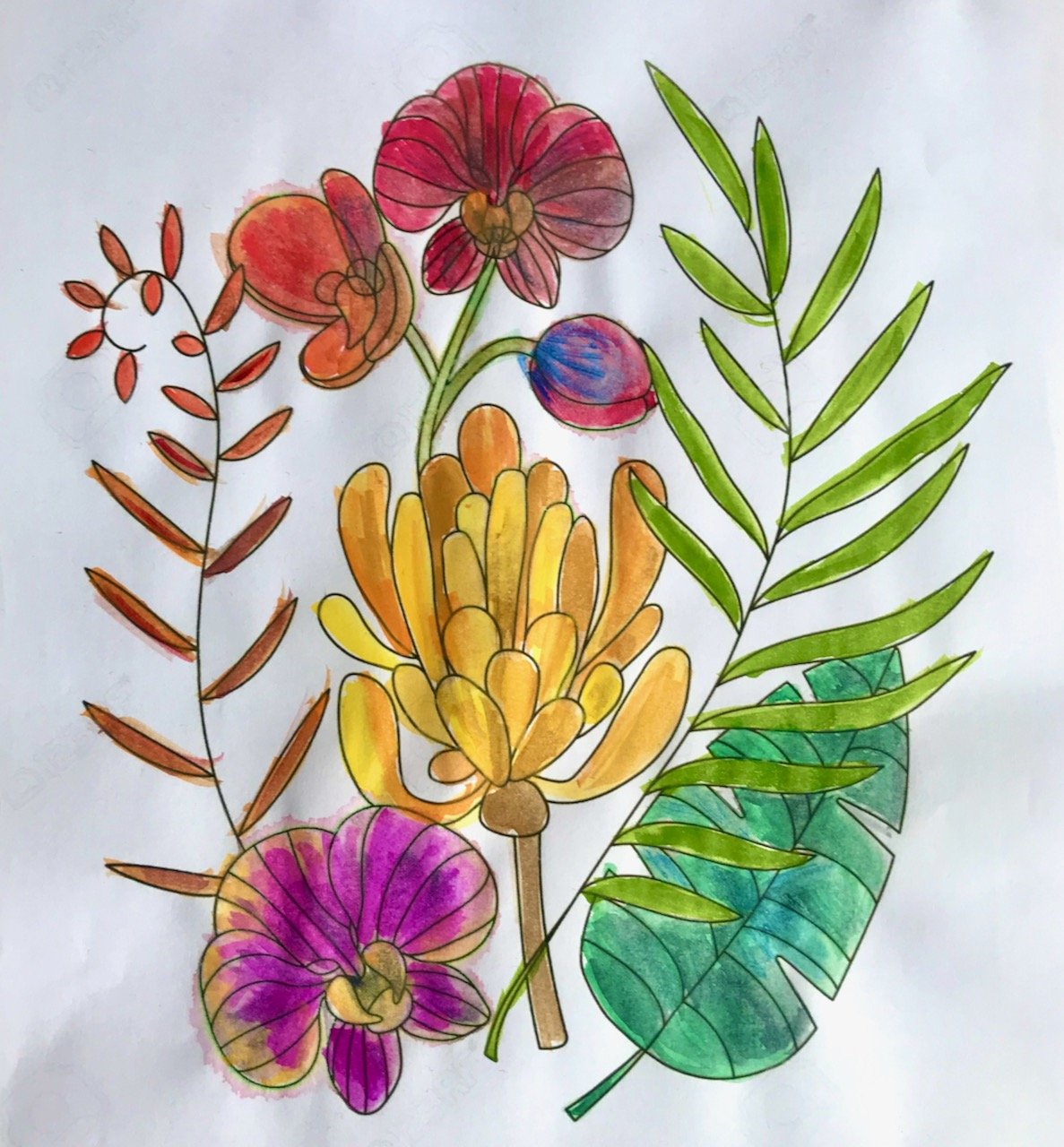It’s been one of those things that we’ve been meaning to do. One that wouldn’t take long, but also one that never quite made it to the top of the list, until now. But first let me share how they got on the list…
They had been on the wall since 2016, and looking back at the photos from then, it’s clear that over the years they’ve attracted more and more stuff, both in the cubby holes and on top. So it’s really no surprise that one summer’s afternoon, while I was unsuspectingly on a Teams call, it fell off the wall causing one almighty bang.
A crash so loud that my colleagues also heard and could see that the noise was troubling me, especially as I was home alone. So I left the meeting to take a look, and I quickly discovered that it was these which had jumped off the wall, so was able to rejoin the call and reassure my colleagues too. Phew.
The fall had caused some damage to the shelves, as well as shedding its contents across the room. My plan had been to make these repairs before rehanging the shelves, as the fixings still looked to be secure - and in fact they haven’t needed anything more than a quick once over to double check.
But the repairs didn’t happen (but still will one day!) and finally we got fed up of walking around it and moving it around. So back up it went. Along with a resolution not to overload it again.
And as it goes, I’m pretty happy with how it turned out.
A lot of the other stuff it held has since found other homes, and so there was less to weigh it down and off the wall, but it’s handy to get these pieces off the bookshelves and small table. It’s a space that has become a great afternoon spot for a bit of crafting or an afternoon cup of tea.
It’s currently my favourite spot for sewing together my Vintage Sweetheart crochet throw. That has 143 squares and most of those still need attaching to each other, so it could take a while - to keep up my momentum, I’m sharing progress over on my Instagram stories so do pop over there to see how I’m getting on.
The repairs are still on the list, but thankfully most of the damage doesn’t show. I’ve a feeling that when we move (no details yet) that a repaint will be on the cards, so we’ll be able to tackle both jobs at the same time. That’s my revised plan anyway.
And thankfully, I have a box of bits that should help with those repairs. They’re staying close to the shelves in one of the cubby holes, so finding them again doesn’t become a separate job!

